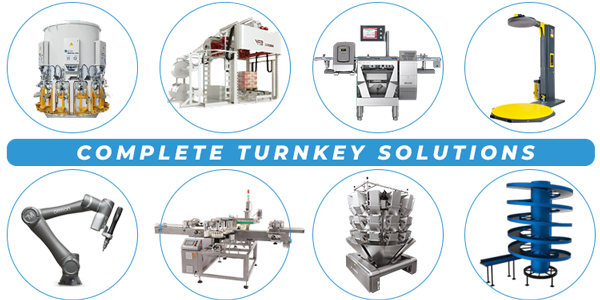Automation describes a wide range of technologies that reduce human intervention in processes. Human intervention is reduced by predetermining decision criteria, subprocess relationships, and related actions — and embodying those predeterminations in machines .
Basic automation
Basic automation takes simple, rudimentary tasks and automates them. This level of automation is about digitizing work by using tools to streamline and centralize routine tasks, such as using a shared messaging system instead of having information in disconnected silos. Business process management (BPM) and robotic process automation (RPA) are types of basic automation.
Process automation
Process automation manages business processes for uniformity and transparency. It is typically handled by dedicated software and business apps. Using process automation can increase productivity and efficiency within your business. It can also deliver new insights into business challenges and suggest solutions. Process mining and workflow automation are types of process automation.
Integration automation
Integration automation is where machines can mimic human tasks and repeat the actions once humans define the machine rules. One example is the “digital worker.” In recent years, people have defined digital workers as software robots that are trained to work with humans to perform specific tasks. They have a specific set of skills, and they can be “hired” to work on teams.
Artificial intelligence (AI) automation
The most complex level of automation is artificial intelligence (AI) automation. The addition of AI means that machines can “learn” and make decisions based on past situations they have encountered and analyzed. For example, in customer service, virtual assistants powered can reduce costs while empowering both customers and human agents, creating an optimal customer service experience.








